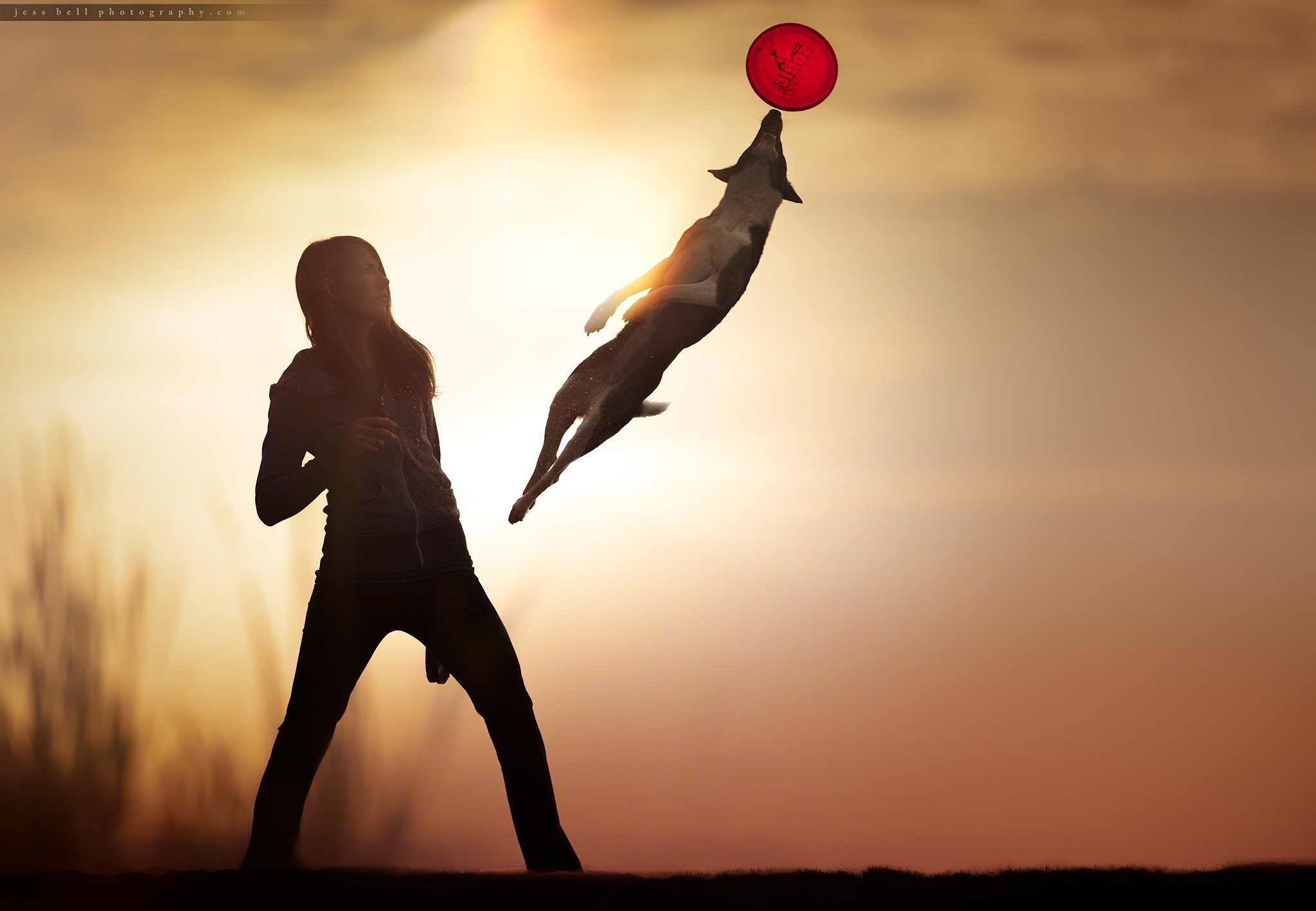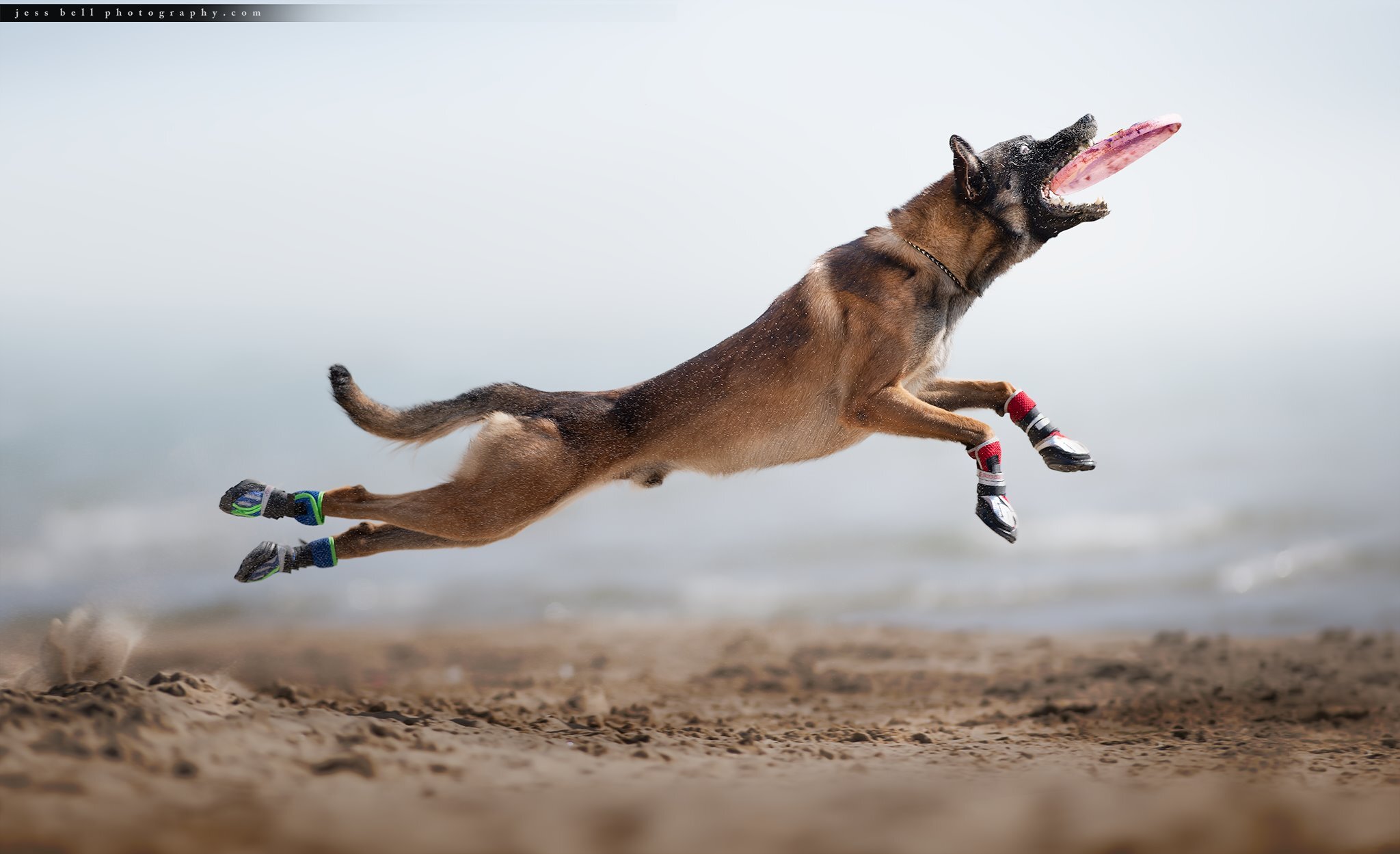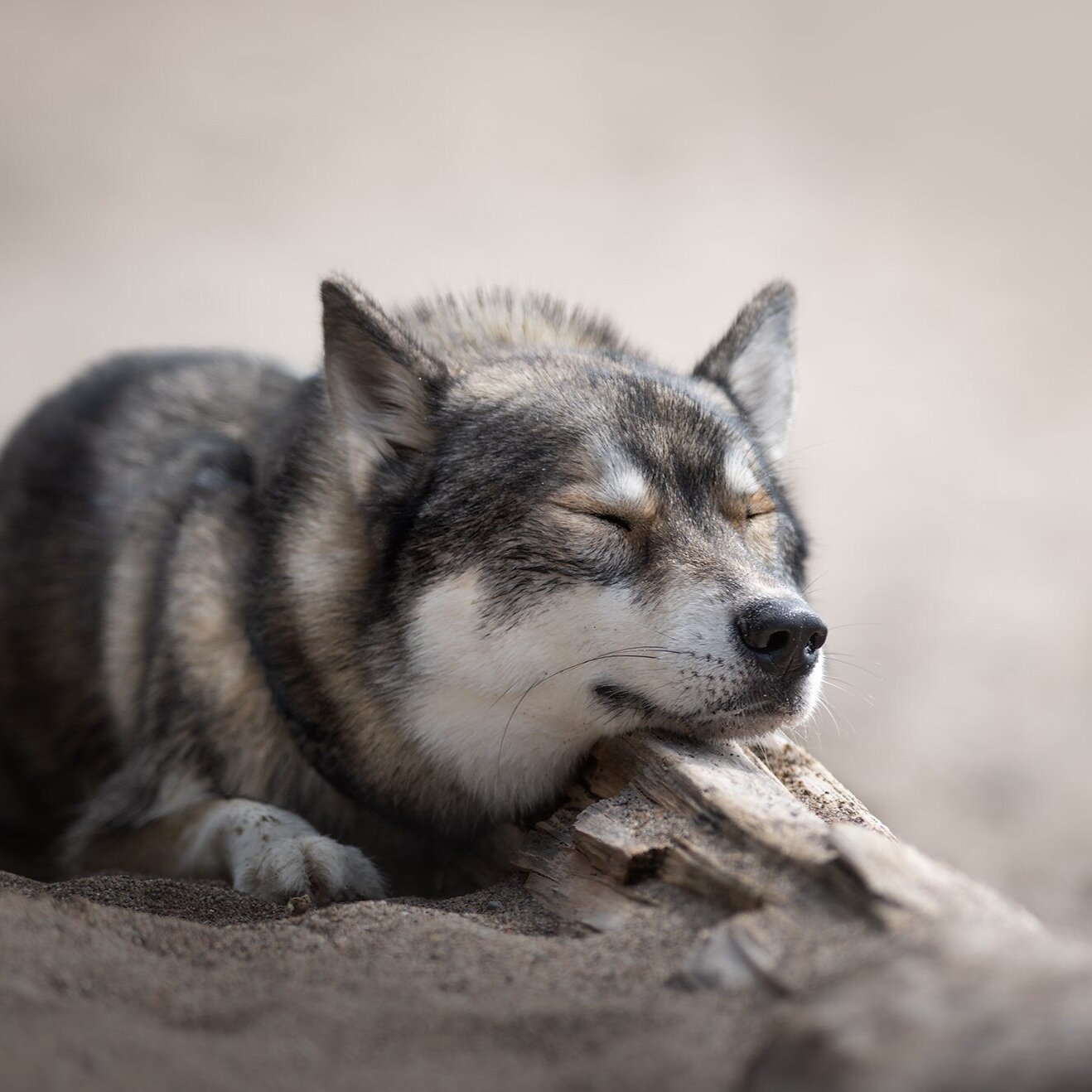Your relationship with your pets is amazing. The thousands of hours you’ve spent together should be commemorated. Life can be fragile and unpredictable, and sometimes our time spent with our pets is too fleeting. This is why it is so important to capture this relationship in photographs.
I’ve spent some time thinking back on some of my favourite “must-have” photos that help ease the pain of losing a beloved animal. As a pet photographer, I endeavor to capture as many of these special moments as I can for you when we work together, but many of these photos can also be captured by the novice photographer armed with a cell phone camera.
At the end of the day, you can’t have too many photos of your dog. But to make sure you’re getting the most out of it, here’s a list of things you probably don’t want to miss.
1. At least one amazing photo of you and your dog together each year
It’s not easy to take photos of you and your dog together. Most of the time you need to enlist in some outside help, and that help is not always easy to come by. Having a series of photos of you and your dog together over the years is an incredibly valuable thing to have, and definitely worth the extra effort required to capture them. Look back on them and marvel at how the two of you have changed together over time.
#1 - An amazing photo of you and your dog, year over year
2. Puppy photos!
Who doesn’t love puppy photos? While I’m always very happy to see my puppies grow out of the bite-everything phase and learn how to potty reliably outdoors, there’s no denying that puppies are cute. The puppy phase is fleeting, so make sure to take plenty of photos to look back on over the years.
I can’t get enough of those oversized paws, sweet eyes and clumsy run that all puppies seem to have.
#2 - Puppy photos!
3. Photos of your dog at play
Does your dog have a favourite toy? Perhaps they have a favourite sport or activity? Agility, nosework, hiking, swimming, tugging, playing fetch… Make sure to capture photos when your dog is full of joy and living life with exuberance. As our dogs age, they tend to play less; bodies get sore, energy levels become more easily depleted. But at their heart, dogs live to play. I personally adore capturing photos of dogs at their most active and excited. It poses a challenge, as it’s not terribly easy to create quality images of moving targets, but it’s tremendously rewarding when you’re able to do so. There’s a certain thrill associated with nailing the perfect action shot!
#3 - Dogs at play
4. Photos of your dog at rest
If your dog is anything like mine, rest doesn’t come easily to them when they’re out and about. Rather, photos of them at rest are best captured when you’re in the privacy and comfort of your own home. These peaceful moments are relatively easy to capture by a dog’s owner. And you get bonus points for capturing some hilarious sleeping positions.
#4 - Dogs at rest
5. Photos of your dog looking alert
Ears up, head cocked, eyes bright! We tend to most adore photos of our dogs looking engaged. It’s not always easy though. Some dogs seem to melt when they see a camera pointed in their direction. It can be stressful, especially for sensitive dogs. If this is the case, try taking photos from further away, and engage the help of a professional.
#5 - Dogs alert and happy
6. Photos of your dog running toward the camera
There’s a certain joie de vivre that is embodied on the face of your dog as he runs toward you. There’s a special sparkle in his eye, and his mouth is open in a smile that gets wider and wider the closer he gets to you. These photos of your dog in action like this can be something we cherish as our dogs slow down with age or illness. I love photos like this because they freeze a split second in time that we frequently miss if we’re observing it with our naked eye. And the occasional crazy face is always a bonus.
#6 - Running toward the camera
7. Photos of your dog in his or her favourite location
Your relationship with your dog is defined both by who your dog is, and what the two of you do together. Maybe you’re agility aficionados, or perhaps you have fond memories of waking up before dawn and hiking up a special trail on the weekends. I feel as if it’s important to capture images of your dog living in the world she inhabits, so that the photos represent entire memories and stories that you will be prompted to recall when looking at the photos at a later date. Adventure is calling!
#7 - At a favourite location
8. The walk
There’s something beautiful and poetic in a photo of you and your dog walking quietly down a forest path, or along the the beach. It’s a photo of two beings at peace, moving together as one in the beauty of nature. I find these shots are frequently cherished dearly by my clients, and are requested frequently during my consultation sessions. You may miss it “in real life”, but in photos, it’s frequently evident that both your dog and you turn into one another while walking along together. The subtle curve of the tail and dip of the shoulders is my favourite thing to see.
#8 - The walk
9. the little things
A close up shot of her nose as she rests her head on on your knee; his eyes as he looks at you hopefully when you cook bacon on a Sunday; the special little dance that she does when you grab her leash. It’s these little things that make up some of the most special moments between you and your dog, and they’re frequently a secret known only to you. Start writing down some of these special moments in a list to remind you to take the time to communicate these moments to your animal photographer, or to remind you to make a point of capturing these moments yourself.
#9 - The little things
10. Hire a professional at least once
There’s something to be said about working with a professional animal photographer. When you hire a pro, you’re hiring someone who understands the emotion behind the little details we see in our animals, and brings them to the forefront in images for you to look back on and cherish. We understand the deep love and connection between you and your pet, and we share that same deep love with our own animals. There’s no “oh, it’s only a dog” when you work with us because we understand there isn’t anything “only” about it.
When hiring a professional, look for someone who not only creates photos you love, but someone with whom you gel with on a personal level. When you work with a pro, you take the guesswork out of photography. You hire someone who understands the technical aspects of photography, printing and getting the most out of your images by displaying them in print.
“Why hire a professional?” could be a whole blog entry unto itself, so I am keeping this point brief here.
#11 - The power of print
BONUS
11. The power of print
To print a photograph gives it life. Don’t let your memories become forgotten, buried in a desk drawer on a USB key, or lost to the annals of time on a social media feed. Display your photos proudly in your home or office for all to see.
What do you think?
This is clearly not an exhaustive list! What more might you want to add, if you were talking about your dog? What types of photos have you found that you cherished most deeply, years later? I would love to hear your thoughts and input!
This blog post was inspired by the wonderful list written by Roxanne Hawn at Champion of My Heart, and is used with permission.




















